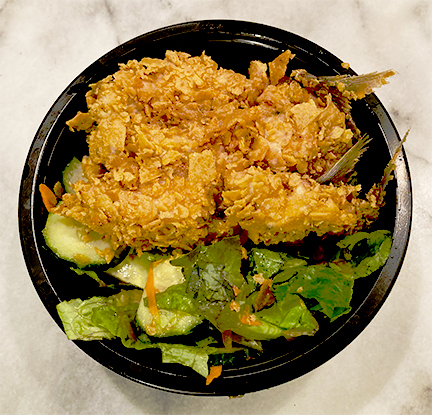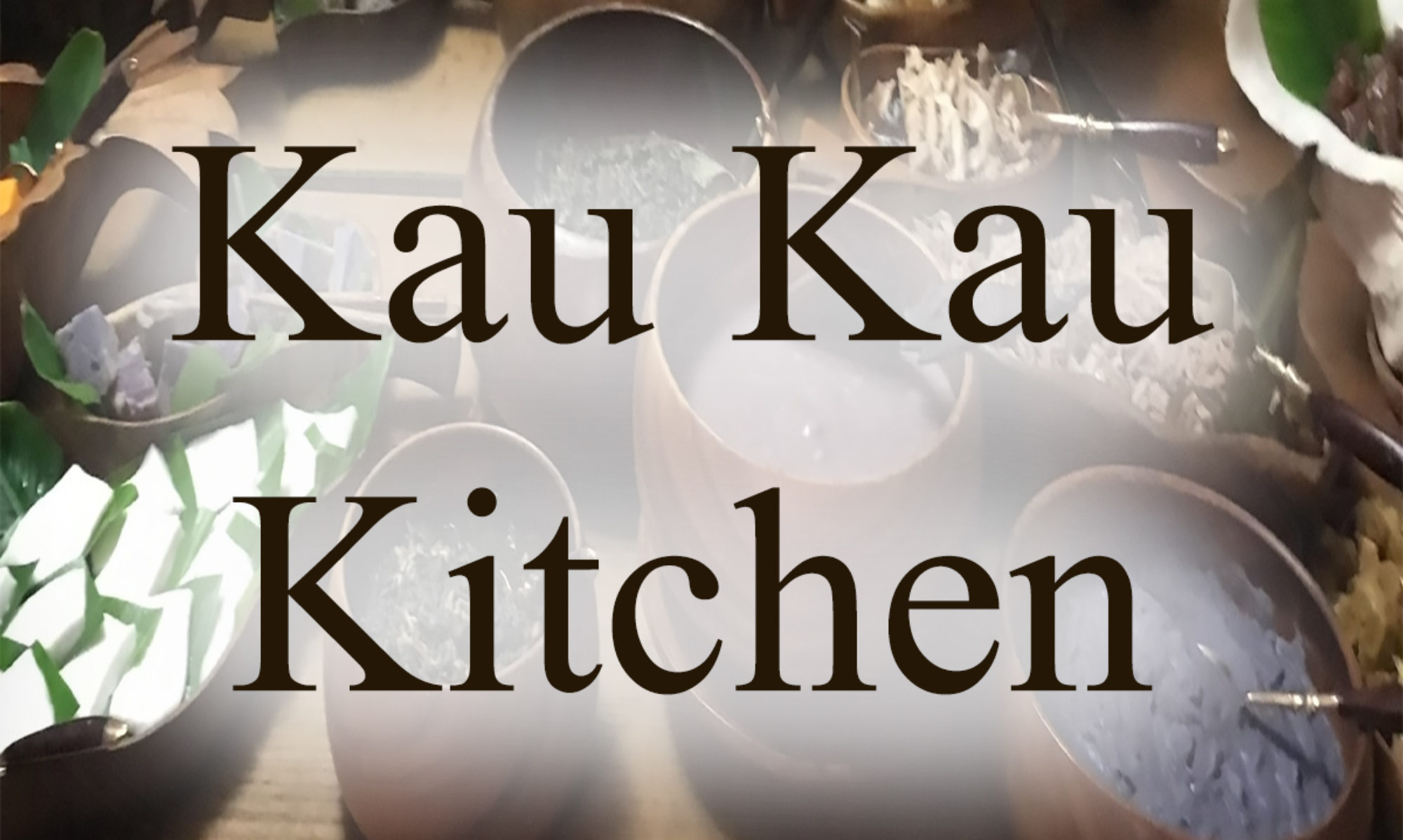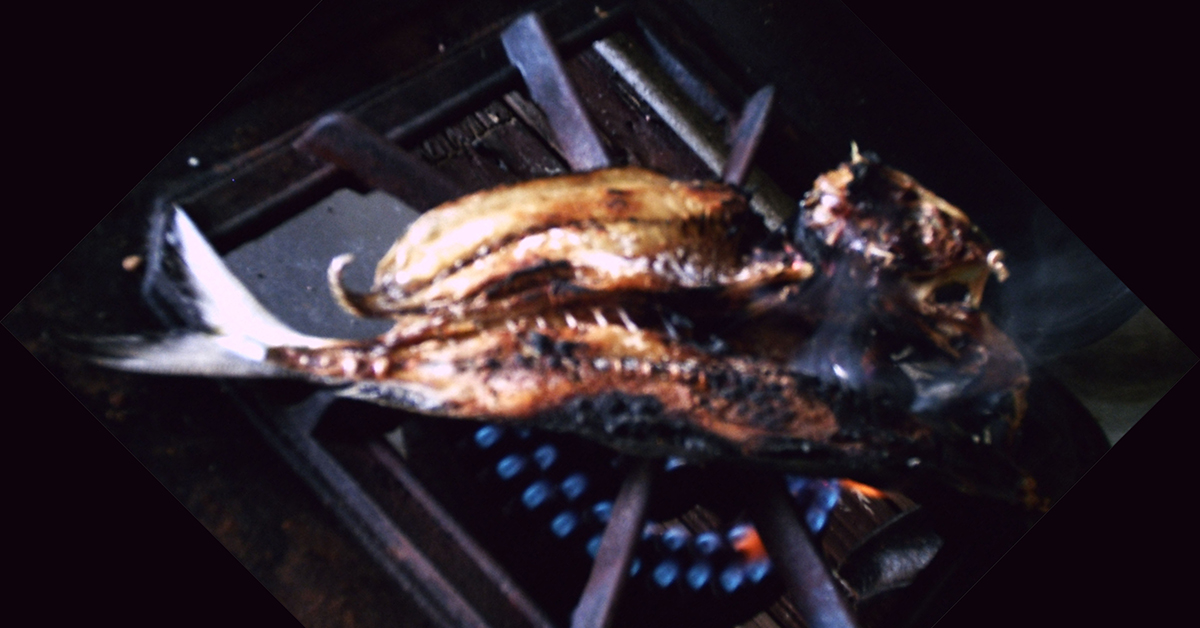Hawaiʻi is blessed with an abundance of fish species. In former days, their use was regulated by the kapu system. This strict system assured that fishing would be regulated so that the resource would be managed for the benefit of the people. In addition to wild catch, Hawaiians built and maintained extensive fishponds.
ʻŌpelu
Miloliʻi was famous for its ʻōpelu. Families which lived there cared for the same schools of fish for generations, feeding them things such as sweet potatoes. Some families even had the schools trained to swim to their canoes for feeding. When I was a girl, the dried ʻōpelu of Miloliʻi were highly prized. My grandfather, a physician, was even sometimes paid in ʻōpelu, as in those days many people did not have a lot of cash money!
Dried ʻŌpelu
Our ʻohana dries ʻōpelu in this way. I am not from Miloliʻi, and never learned how they dry it. You’ll want to check the weather reports and do this when you have several hot, dry days.
Split the fish down the back and remove the nāʻau (guts). Leave the bones in. Soak the fish in salt water, about the same salinity as the ocean (about a fistfull of salt per pitcher). Let the fish soak about an hour. This also removes excess blood and bone chips, as well as adding the salt.
Gently shake the fish dry and hang them by the tail from the drying lines, or place them, flesh up, in the drying box. The lines or box should be in a shaded breezy area. If you have an electric dehydrator, then you don’t need to worry about the weather.
Dry the fish as hard as you like. The harder (lower moisture) the fish, the longer it will keep. Even very dry, I still store mine in the freezer, though.
I like to just peel strips off and eat them as-is (though not frozen!), or kōʻala (grill/broil) on an open flame, as above.

Deep-Fried ʻŌpelu
I always looked forward to the deep-fried ʻōpelu served at Blain’s on Waiānuenue Avenue, but over the years, the fish got smaller and smaller. They didn’t short-change us, they added more fish to each plate. But a tiny fish tastes different than a big fish.
One day, friends brought over some lovely ʻōpelu and I was so ʻono for those deep fried fish that I decided to try and re-create them. I actually like this new recipe even better!
Clean and bone the ʻōpelu so that you have two boneless fillets per fish. I like to save the heads and bones to make broth. Just toss them in a crock pot as you work, then add water to cover the bones and let simmer until the bones are soft.
When you have finished cleaning the fish, put them in a bowl of beer to soak. I like Heineken, but anything not dark will work. Gently shake the beer off the fish and sprinkle them with a bit of garlic salt.
Beat enough raw eggs that you can soak the fish thoroughly. Lomi them a bit to soften the meat and let the egg soak in a bit.
Crush tortilla chips, enough to cover all the fish fillets. I like them crushed to about the size of rolled oats. Press the chips well into the fish.
Deep fry. I like to use coconut oil. They only take a couple of minutes each, and fry up crisp and golden on the outside, tender and white on the inside. Serve hot with your favorite dipping sauce.
More Reading:
Catching up: Tradition Passed on Through ʻŌpelu Fishing


